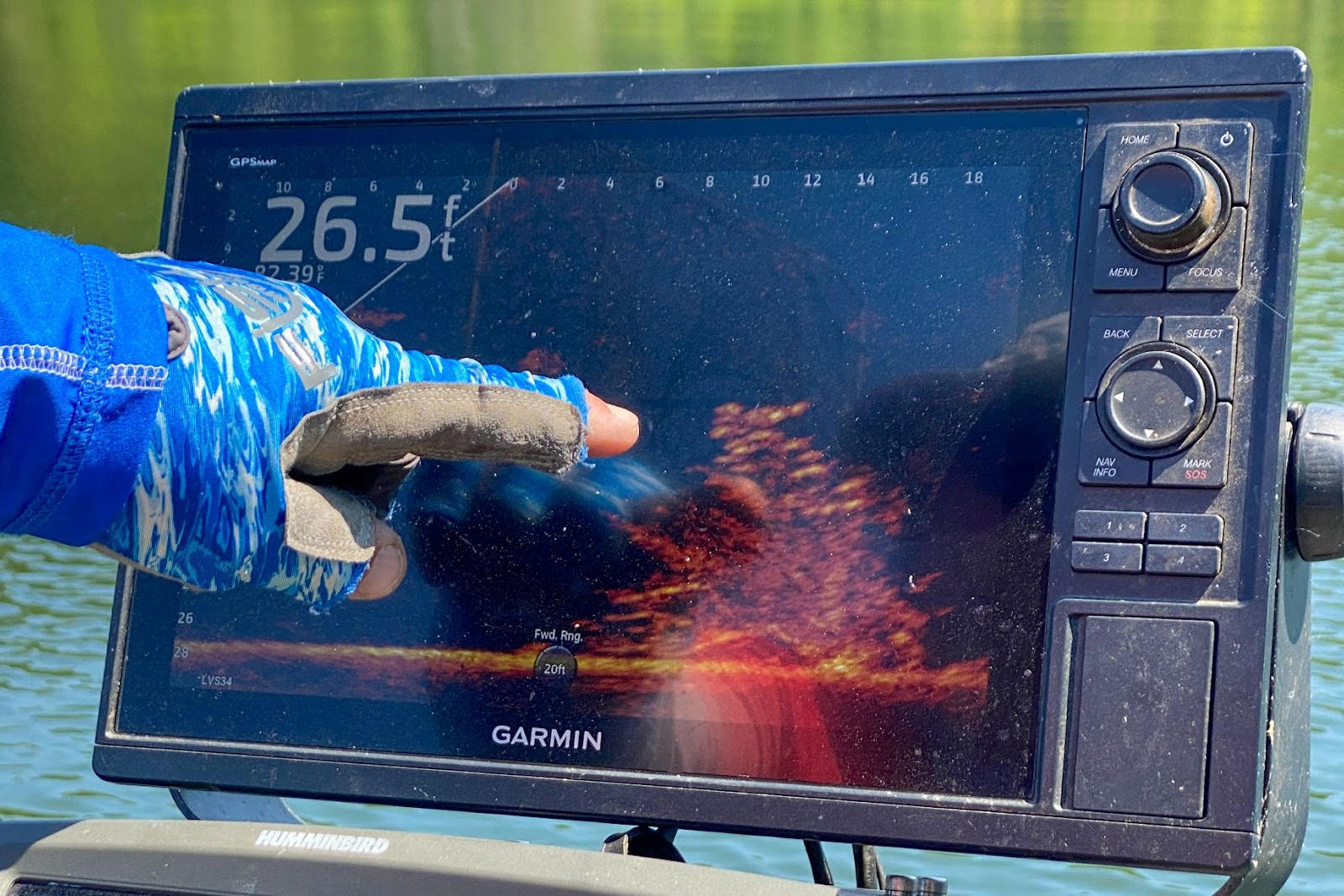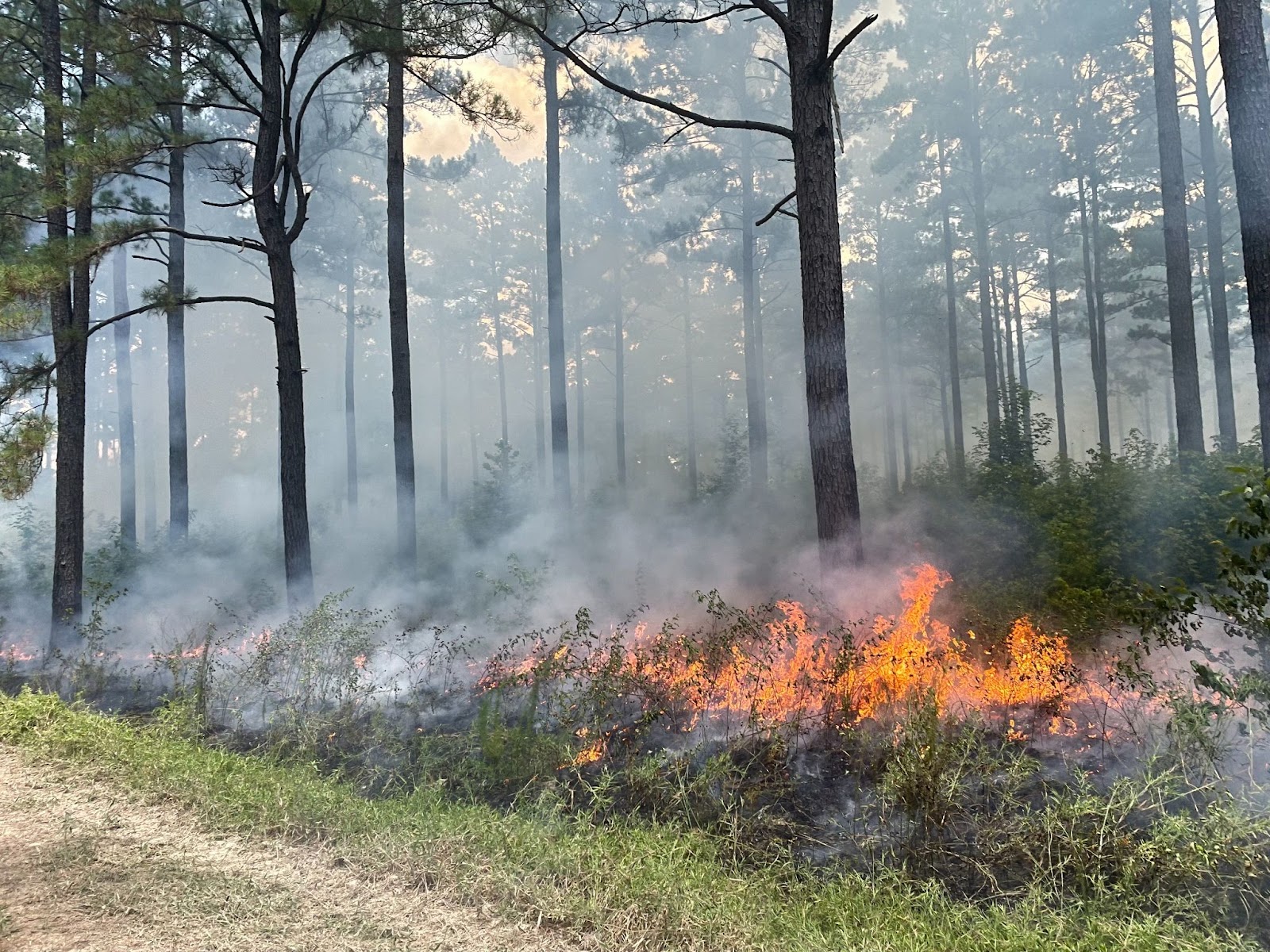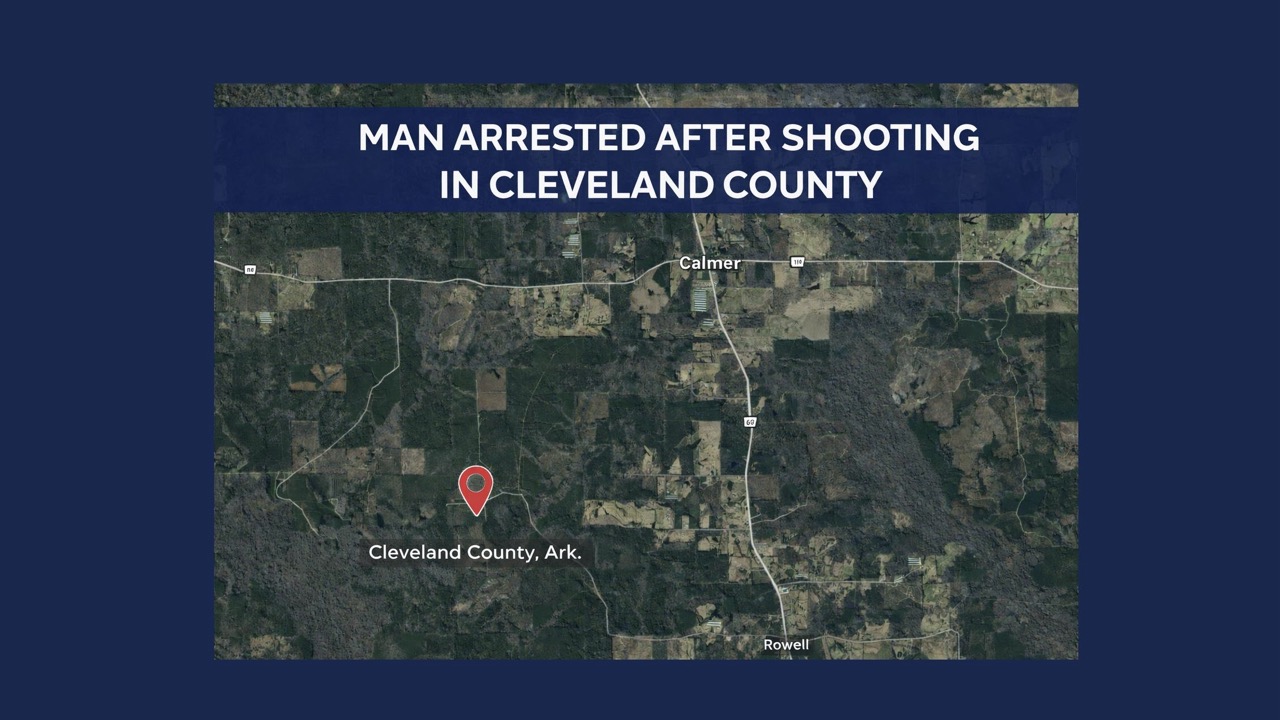Article submitted
ARKADELPHIA — As the summer sun drives most creatures to shady areas for a little cooler environment, fish are on the move to find comfort in the deepest cover where they can comfortably live. The Arkansas Game and Fish Commission has a list of thousands of fish attractors at agfc.com to help anglers keep in touch with these offshore fish during the dog days of summer.
Last year, AGFC staff and volunteers sank fish attractors at more than 270 locations on 29 Arkansas lakes. According to Sean Lusk, Fisheries Staff Biologist for the AGFC, the number of actual structures placed likely reaches into the thousands.
“The types of structures we place are very diverse,” Lusk said. “It could be a couple of Christmas trees, a half-dozen artificial structures, or up to 10 big cedars pulled from the shore of a lake. It really depends upon what’s available and what’s allowed by the owner of the lake. Artificial structures may be made of PVC or other inert materials that resist breaking down but are safe for drinking water, so they don’t cause issues with water quality.”
Most fish attractors placed by the AGFC are in areas fish are already likely to use, and most are deeper than 10 feet—especially on Corps of Engineers reservoirs.
“We work with the owners of the lake to ensure fish attractors won’t be a boating obstacle,” Lusk said. “We also work with them to get permission to remove cedars from the shoreline whenever possible to produce good fish attractors quickly. I prefer those large cedar trees over most other types of attractor, especially in their first year of being placed.”
John Duncan, owner of Yo-yo’s Guide Service on DeGray Lake, also prefers natural brush piles to artificial ones but says crappie like all types of structures, so it’s best to have many saved and ready to visit before hitting the water.
“Sometimes they like horizontal cover better than vertical, and sometimes they like bushy versus skeletal,” Duncan said. “The trick is to pay attention to the bite on various attractors and find a pattern you can repeat.”
Lusk says anglers looking for a specific type of fish attractor can find detailed information about each location through the AGFC’s interactive map at agfc.com/maps. Zoom to the area of the lake you want to search and click on any fish attractor icons, marked with a blue square that has a white fish symbol in it. Once clicked, the attractor symbol will display the material the attractors are made from and the year they were placed or the site was last refreshed.
“I’d focus on fish attractors made of natural materials less than four years old,” Lusk said. “Artificial materials will be there longer than the people who placed them will probably be alive, so they provide a little more consistency, but the natural stuff just does better in its first few years.”
GPS coordinates from the map will take you straight to the attractor of your choosing, and a quick scan with your sonar will verify if it is still there and holding any fish.
“You want to find those attractors that sit just above the thermocline,” Lusk said. “That’s the area where the warmer water from the surface meets the layer of cold water in our deeper lakes and ponds. It’s where fish will find the coolest water that still holds a good amount of oxygen, and you can see it in a fishfinder by the increased amount of clutter in the screen at that specific depth.”
This Goldilocks Zone for fish usually sits at least 15 feet deep in Arkansas lakes, with many deeper highland reservoirs being even deeper. If you can find attractors in this zone, it’s a pretty good bet that you’re going to see the telltale dots and arches of fish nearby.
“Find your attractor, mark it with a floating device like a marker buoy, then start your plan,” Duncan said.
Some anglers opt for small, inconspicuous markers and give the fish time to relax after a boat has gone over the top of the brush pile. Just be sure to pick up your marker before you leave.
“In summer, start simple, and I mean keep it so simple anyone can do it,” Duncan said. “You can’t beat slip bobbers and minnows for simplicity, and it works for all ages and experience levels of anglers. We all started fishing by watching a bobber. Casting a jig is a little more advanced, but can also be productive. Cast past the attractor and count down to where the top of the brush is before beginning a slow, methodical retrieve. You may lose a jig or two doing this, but you’re not going to catch many fish if you’re not fishing in the cover.”
Visit www.agfc.com/maps to find fish attractors on the AGFC’s interactive map, or visit www.agfc.com/fishattractors to download all attractors for a given lake in a format compatible with your fishfinder/GPS unit.






